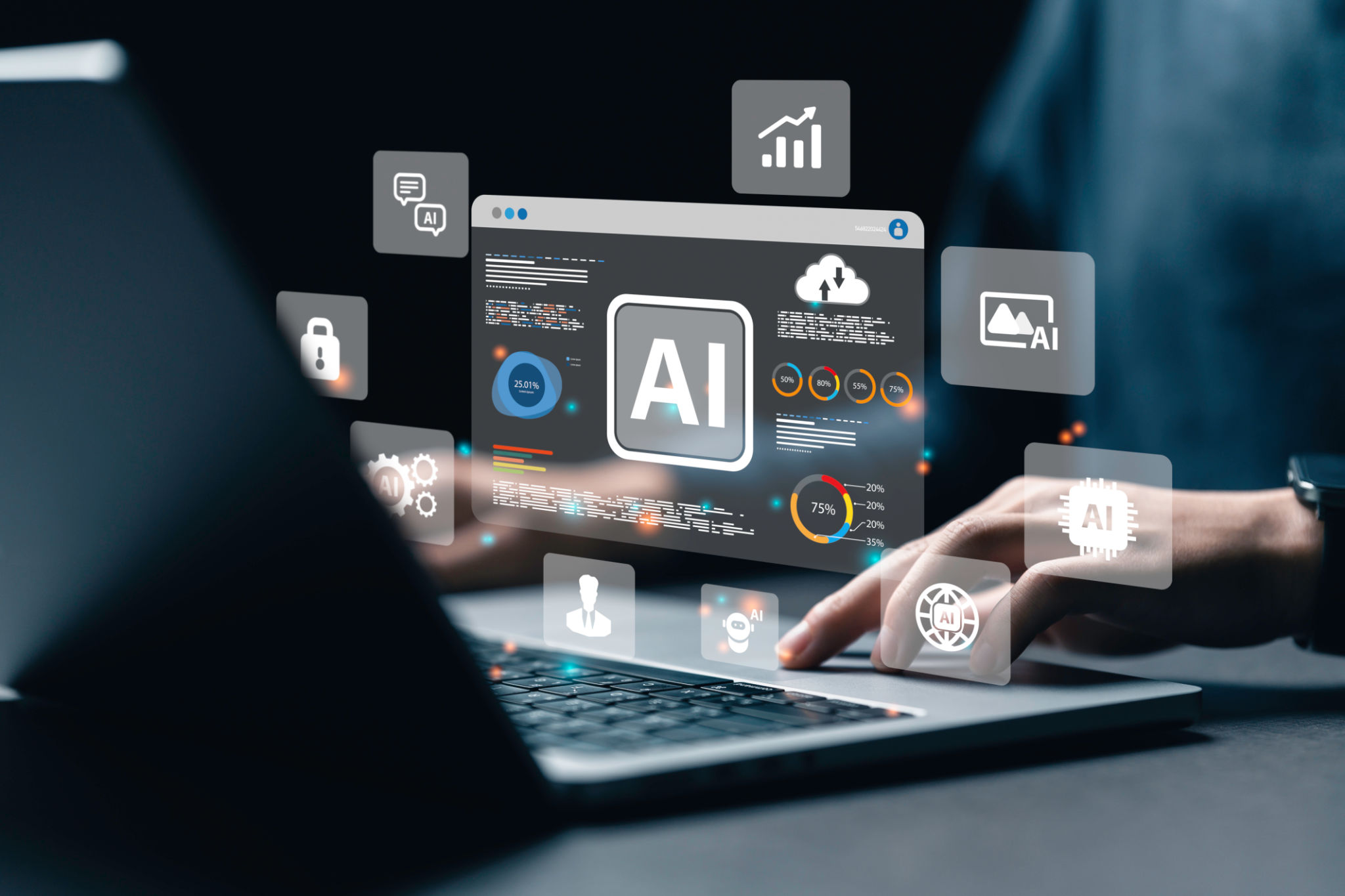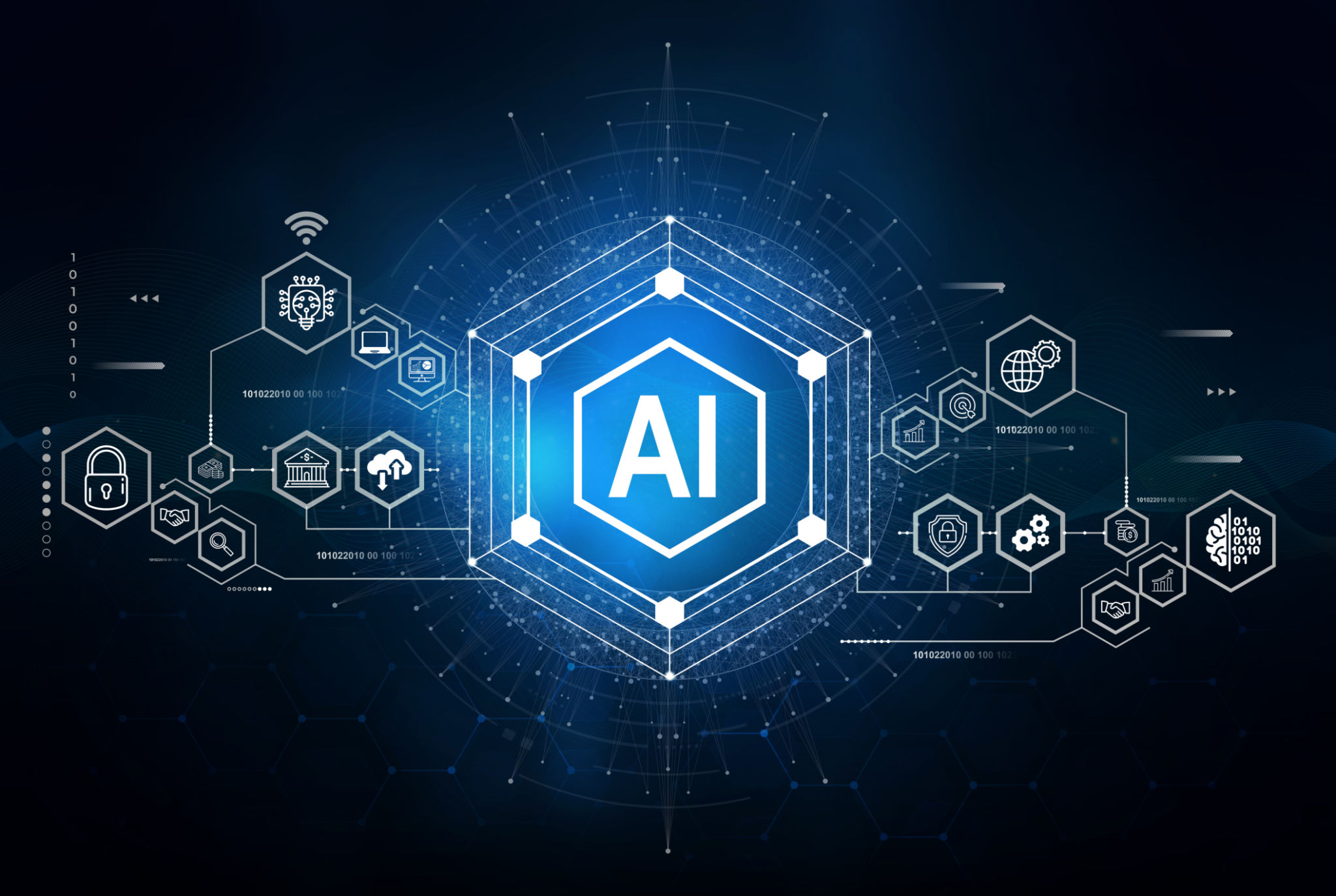Step-by-Step Guide to Implementing AI in Your Recruitment Process
Introduction to AI in Recruitment
As businesses continue to evolve, leveraging technology in recruitment processes has become a necessity rather than a choice. Artificial Intelligence (AI) is transforming how companies identify and hire talent by streamlining procedures, enhancing candidate experience, and improving matching accuracy.
Implementing AI in recruitment can seem daunting, but with a structured approach, it can be seamlessly integrated into your existing processes. This guide will walk you through the steps necessary to harness the power of AI in your recruitment endeavors.

Identify Your Recruitment Needs
The first step in implementing AI is understanding your specific recruitment needs. Consider what aspects of your current process could benefit from automation or enhancement. Are you looking to reduce time-to-hire, improve candidate screening, or enhance engagement? Clearly defining your objectives will help in selecting the right AI tools.
Evaluate the current challenges your HR team faces and prioritize those that have the greatest impact on efficiency and candidate satisfaction. This evaluation will serve as a foundation for the next steps.
Research and Choose the Right AI Tools
Once you've identified your needs, research the available AI tools in the market. There are numerous solutions ranging from chatbots for initial candidate interaction to advanced analytics for screening resumes. Choose tools that align with your objectives and integrate well with your existing HR systems.

It's vital to opt for tools that offer flexibility and scalability. Consider whether the tool supports different languages, integrates with your ATS (Applicant Tracking System), and complies with data protection regulations.
Plan the Implementation Process
With the right tools selected, develop a detailed implementation plan. This plan should outline timelines, resource allocation, and training requirements. Engage stakeholders from different departments to ensure a smooth transition and address any potential concerns early on.
Your implementation plan should also include metrics for measuring success. Identify key performance indicators (KPIs) such as reduction in time-to-hire, improved candidate satisfaction scores, or increased diversity in applicants.

Train Your Team
Training is a crucial aspect of any successful AI implementation. Ensure your HR team is well-equipped to use new technologies effectively. Provide comprehensive training sessions that cover both technical aspects and ethical considerations of using AI in recruitment.
Encourage an open dialogue where team members can ask questions and voice concerns. This approach helps build confidence and ensures smoother adoption of AI tools.
Integrate and Test the System
Begin integrating the AI tools into your recruitment process as per your implementation plan. Start with a pilot phase to test the system's functionality and gather feedback from recruiters and candidates alike.

Analyze this feedback to identify any issues or areas for improvement. Make necessary adjustments to optimize the system before full-scale deployment.
Monitor and Optimize
After full implementation, continuously monitor the AI system's performance. Use the KPIs established during planning to assess its effectiveness. Regularly review data insights provided by AI tools to refine strategies and improve outcomes.
Stay updated with advancements in AI technology to ensure your recruitment process remains competitive and efficient. Continuous optimization will help maintain high standards in hiring practices.
Conclusion
Implementing AI in recruitment is a transformative step towards enhancing efficiency and improving candidate experience. By following a structured approach—from identifying needs to continuous monitoring—you can harness AI's full potential to revolutionize your hiring process.
Embrace this technological evolution and position your organization as a forward-thinking leader in talent acquisition.